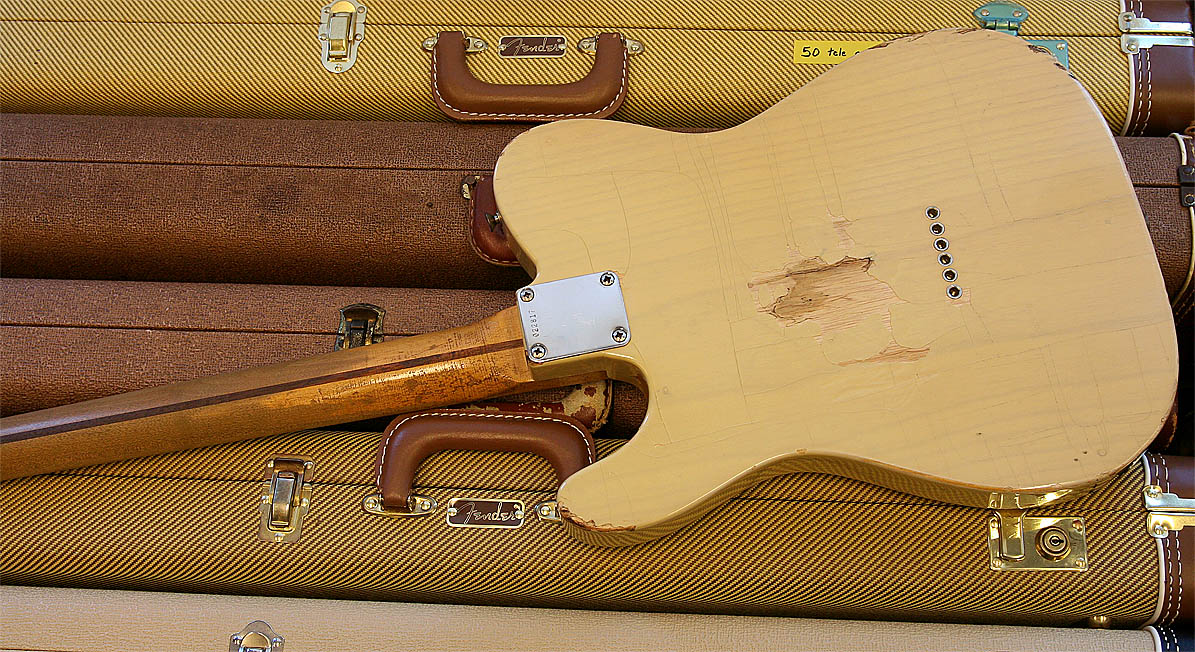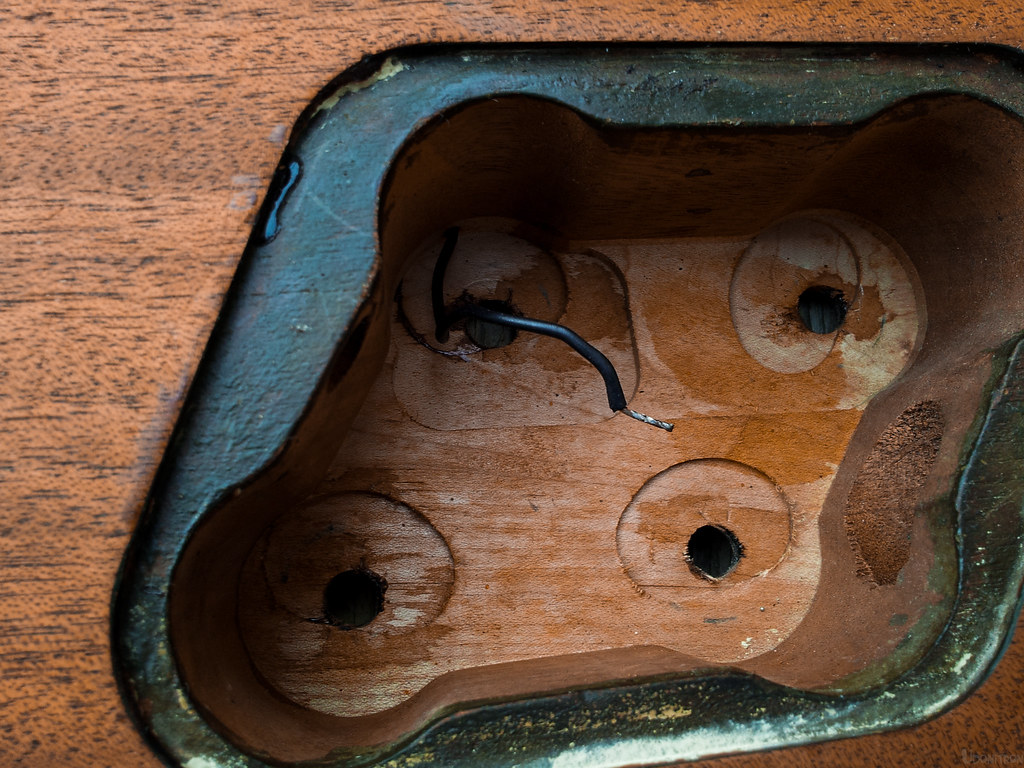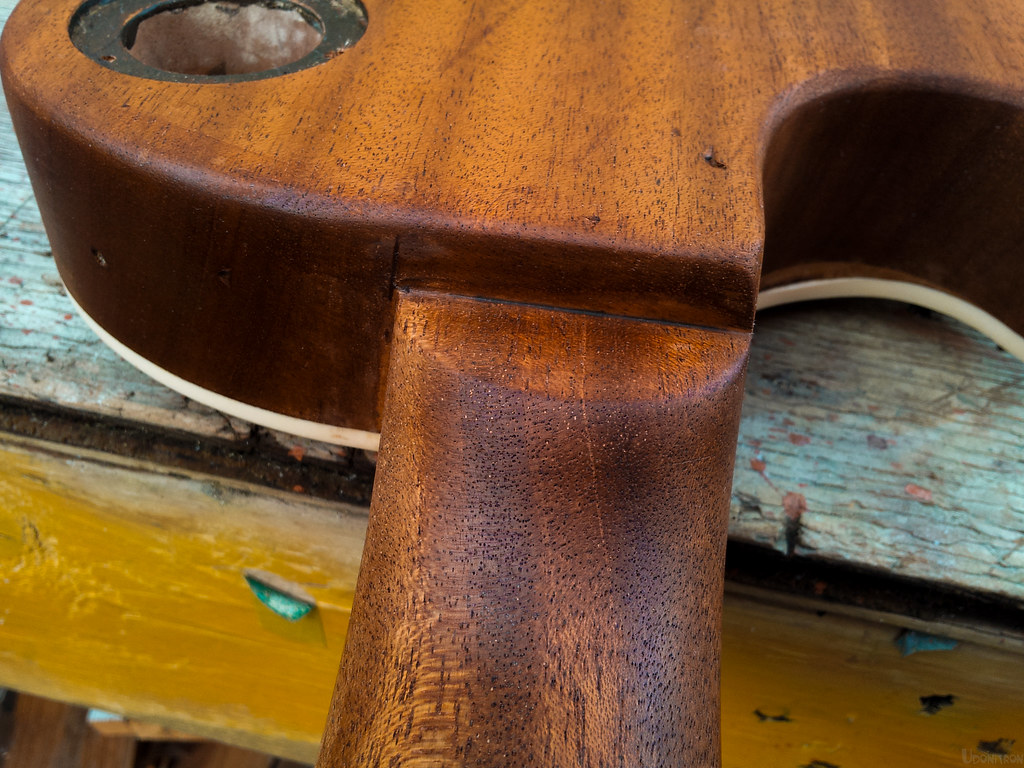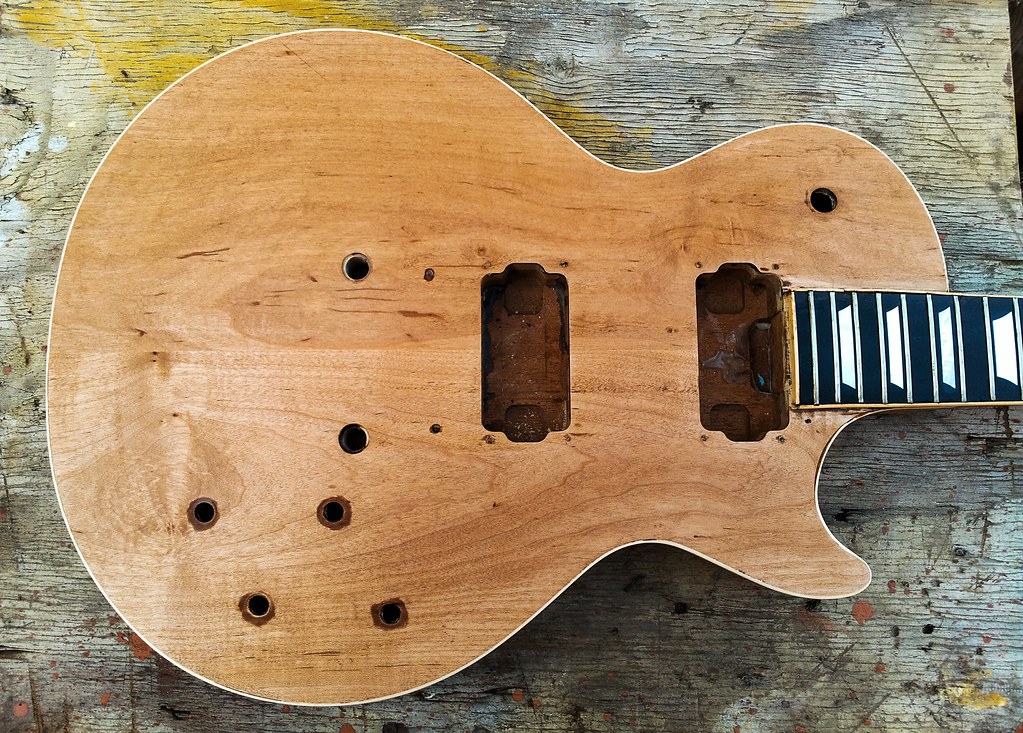Reborn Old said:
As already stated, too many unknown factors in play.
The neck plate might have spent 30 years in a drawer
before being sold on Yahoo for all we know.
I see them listed on a somewhat regular basis.
I have contacted Tokai to see if they ever offered blank replacement necks.
Depending on who replies, the response might be of value or not.
A few final thoughts ...
Why would Tokai waste 2 premium one piece bodies on "test bed builds" never intended for retail ?
Why mess with Tokai LS build methods in the first place ?
such as moving the neck tenon back to a center placement ?
Tenon placement was well thought out in 1977, free of issues
and unchanged to this day.
Anyway ... I hope you eventually find out more info on both of these guitars. :wink:
Back in the 70's wood was not as scarce and valuable as it is now.
Hence why we saw lovely flamed, figured, quilted, and birdseye pieces on lower end poly coated examples like RLG-50's, EG-500s, and LS-50's.
No different than the then abundant sen ash as well.
How many good materials go into making a prototype anything?
They are pre-production models meant to be a testbed for full production line.
Of course they would use good wood and 1 piece slabs to mimic what they are hoping to be a full fledged assembly line of higher end models.
Hell as the story goes, they bought a 1958 LP, which at the time wasn't worth much, and essentially tore it apart to learn how to construct their LS line so how can you figure they would waste a few 1 piece slabs of ash to try out different ideas?
So you are denying that LP is Tokai made?
The pup and cavity routes are 100% Tokai so who would copy their jig to make that LP then?
Who would go to such trouble to do so and why would that be more believable vs the tenon not being offset?
Original 58 LP's tenons were centered, were they not?
So the early models they made I am sure had centered tenons until they, via their knowledge on mortise and tenon joints, realized an offset bass side tenon adds far more strength since the bass side portion of the body has more wood contact and less on the treble cutaway side, brilliant yes?
You think they figured that out on the 1st one they made?
My wife and I make and sell hot sauce and we hope to be going full blast public with it here soon.
We have been making it for 10 years now and since the beginning, when we were testing it to figure out the right ingredients we didn't choose sub par additives as we needed to know the best possible outcome from the start, no different with automotive companies creating new cars etc.
Why is this so hard to comprehend.
Get over this hurdle in your mind dude and look past these silly little "what if's" regarding the "there is no way they would do that" ideology.
Look at what Tokai offered prior to 1977/78 lol...not the most impressive stuff really.
They were just regular people figuring stuff out as they went, not infallible avatars smithing the hammer of the gods.











